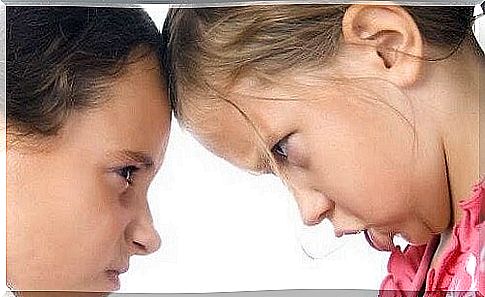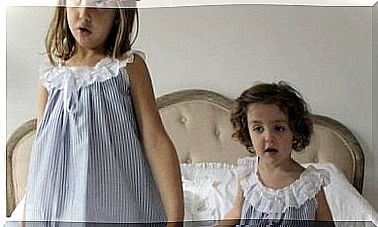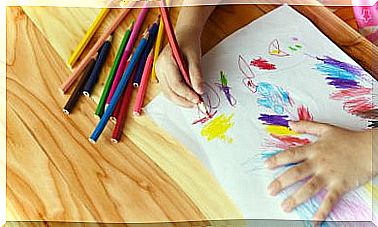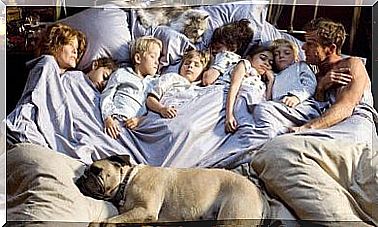How To Manage Conflicts In The Classroom
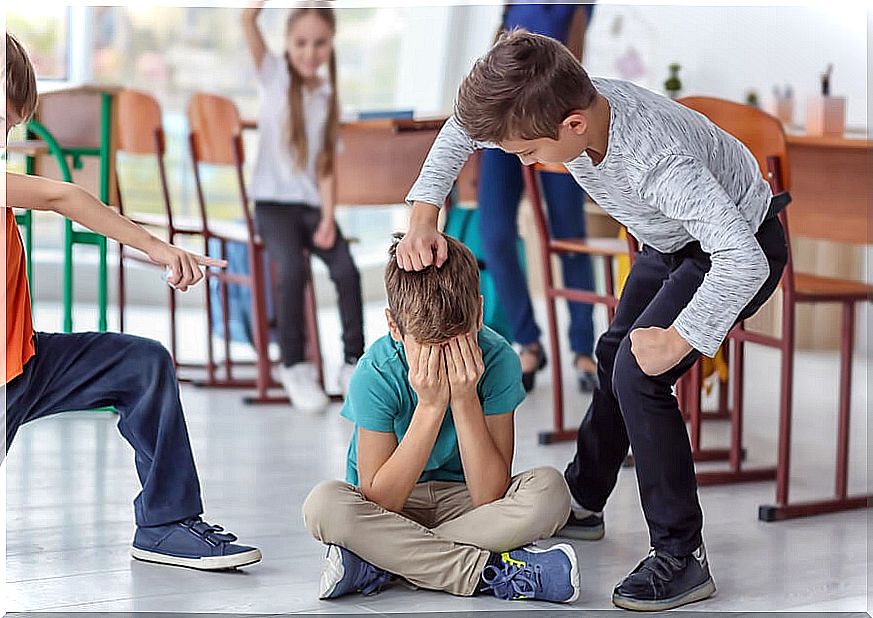
Conflicts in the classroom are a reality that does not escape today. Educational centers are not only spaces for learning, but also for coexistence; the school is a space where disagreements are generated that must be addressed in some way.
For the positive resolution of these conflicts that are generated between students and teachers, despite being common, it is important to find a solution. Next, we will delve into the subject to find possible exits.
What are conflicts?
First of all, it is important to know when a conflict itself is established. That is, conflicts are situations in which two or more people are involved who do not agree on something, have different and incompatible opinions. Conflicts are common in everyday life.
In this way, in the classroom there can be conflicts both between the teacher and the student, as well as between the students themselves. Depending on the type of conflict and how it is handled, these can directly affect the development of classes and the learning process.
Keys to managing conflicts in the classroom
Although there is no secret formula to solve these problems, since the environments and people in each situation are different, there are a series of guidelines or keys that are very effective in managing conflicts in the classroom.
In any situation, be it between adults or children, it is important to involve the little ones in the resolution of the dispute so that they learn about understanding attitudes and teamwork.
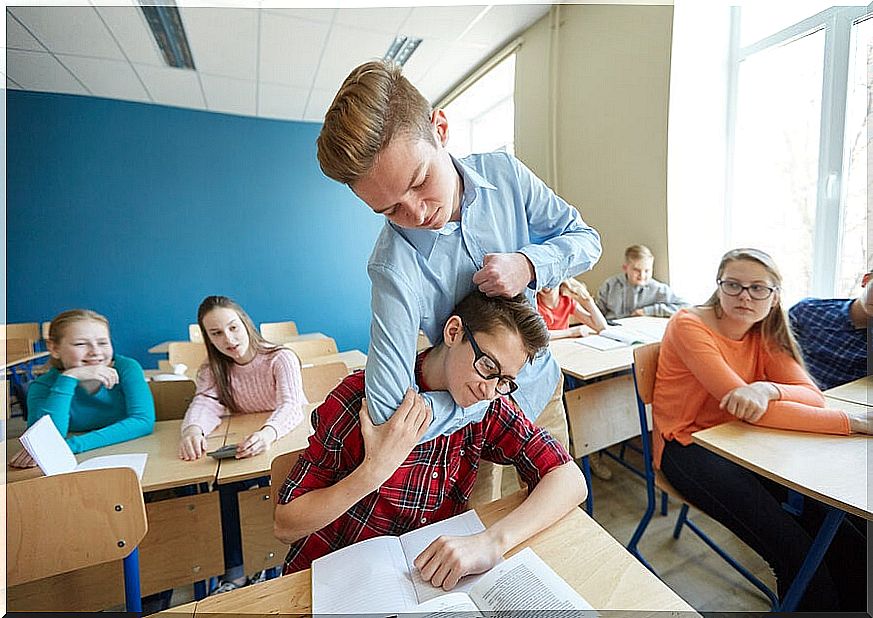
Conflict prevention
First of all, it is necessary to establish a good classroom environment and correct discipline to avoid possible conflicts. The adult in charge, the teacher, should dedicate time to the little ones who may present a problem, preferably individually.
In addition, it is necessary to educate in values and promote the development of emotional and social skills of children and students. An excellent tool to achieve this are group activities.
On the other hand, a good way to avoid the appearance of conflicts in the classroom is for each teacher to establish, together with the children, some basic rules of coexistence; It also helps to plan activities that develop and encourage dialogue and coexistence in the classroom.
Promote communication
Human relationships within the classroom are clearly marked by communication, both verbal and non-verbal. It is important to include in the usual tasks activities that have to do with developing communication skills among the students themselves and also within the student-teacher bond.
At this point, it is essential that the teacher also work on their communication skills, since the climate that develops in the classroom will depend on this.
Although many times the appearance of conflicts cannot be avoided, communication can be the key tool to find a solution to the problem. The resolution of conflictive situations through frank dialogue and active listening from each party are ways of acting that must be respected and transmitted.
Analysis of the nature, severity and persistence of the conflict in the classroom
The conflicts that are generated in the classroom can be social, cultural, curricular or relational; in addition, they can have different degrees of severity. In order to resolve them, you must first identify the origin of the conflict, the participants and the interests at stake.
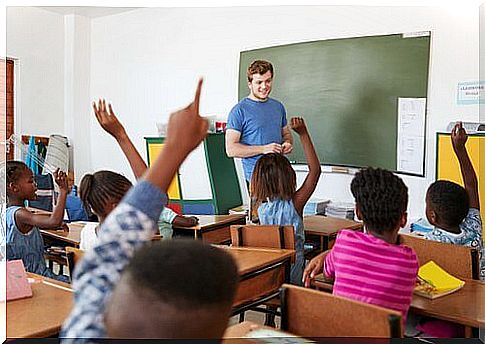
Always use mediation as a fundamental tool
On many occasions, the people involved in the conflict do not manage to solve it on their own. This is when the mediation tool comes into play, which is extremely useful in conflicts between students in which the teacher acts as a mediator.
When there are problems between children or between adults in the classroom, the parent, teacher or any adult has the obligation to help the parties reach an agreement that favors everyone.
Mediation is a widely used and highly effective technique for conflict management in the classroom. This technique is mainly based on communication, equality and autonomy. In addition, by being exercised by the same protagonists, it achieves that the results are more fair and equitable.
In conclusion, educational institutions and those who work in them must constantly promote the communication skills of students towards their authorities and among themselves.
The classroom is a space for coexistence in which some conflict will always arise ; it is important to know how to manage it so that it does not affect the group and the learning process.
